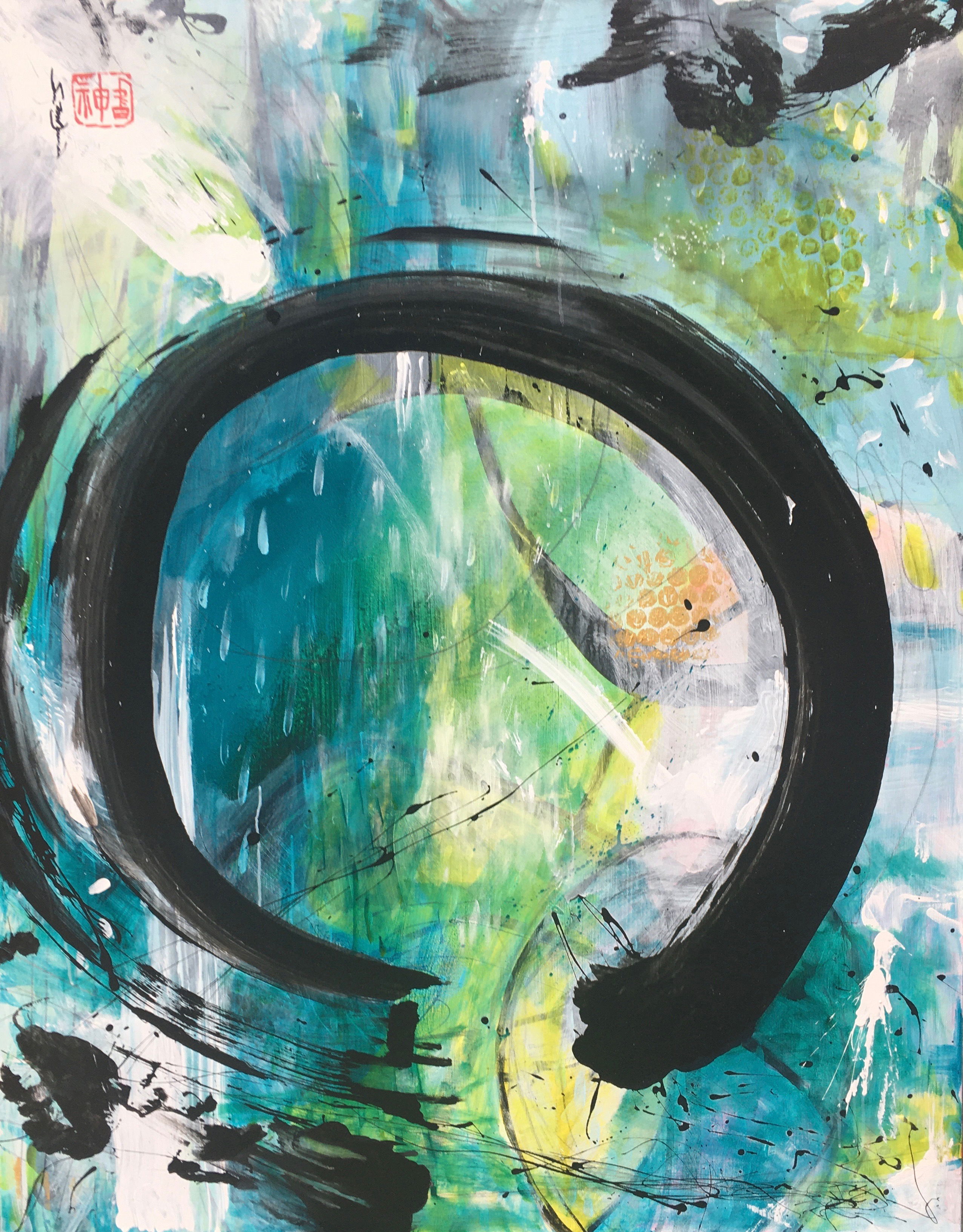Why We Exist
For years, I worked within corporate wellness programs—initiatives that promised health but delivered no real care or results.
Companies are spending billions on wellness programs that are transactional, impersonal, and ultimately designed to protect the bottom line—not benefit people. These programs focused narrowly on physical health, often ignoring the mental, emotional, and social dimensions that shape our daily lives. At the same time, the workplace remained one of the top sources of stress—even distress. The very systems promoting wellness were often contributing to burnout, isolation, and disconnection. The result? Programs that looked good on paper but rarely improved lives. My turning point didn’t come from a corporate program—it came from a simple act: I bought a journal. In the past, journaling added more stress than relief. I was writing through the voice of consultants, not my own. But once I stepped away from the corporate culture of wellness, I finally felt free to explore my well-being on my own terms. I started using the eight dimensions of well-being as a way to check in with myself each day. I built a journaling system that takes five minutes or less—a simple, daily practice that helped me notice how well-being is dynamic, shifting over time, and how each dimension is deeply connected. I have expanded my tools not only for stress management but more importantly to maximize my mental energy while improving my physical and mental health. I felt better. More grounded. More present. More connected to people and community. That experience sparked a realization:
- Well-being can’t be outsourced. It’s personal. And it flourishes in communities.
- Corporate wellness is often transactional. Wellness has become a brand. The commercialization of health and safety has turned wellness into a product, making new understandings of well-being harder to apply and adopt.
- Cultural barriers exist. Avoidance, individualism, and competition stand in the way of creating environments where well-being can flourish.
- There’s a gap between health, safety, and well-being. We often prioritize physical health and safety at the expense of emotional and social well-being—but where well-being leads, health and safety follow.
That’s why I created Our Well-being Journey—to move beyond wellness as a product and reframe it as a meaningful, human journey rooted in community. Grounded in the Wright Model of Applied Well-being, we provide practical, accessible, and science-informed tools—adaptable as your well-being shifts and evolves over time and circumstances.
Our Purpose is to provide resources that educate, empower, and support individuals on their well-being journey, strengthen connections with others, and cultivate a culture where caring for ourselves and each other becomes simply how we live.
